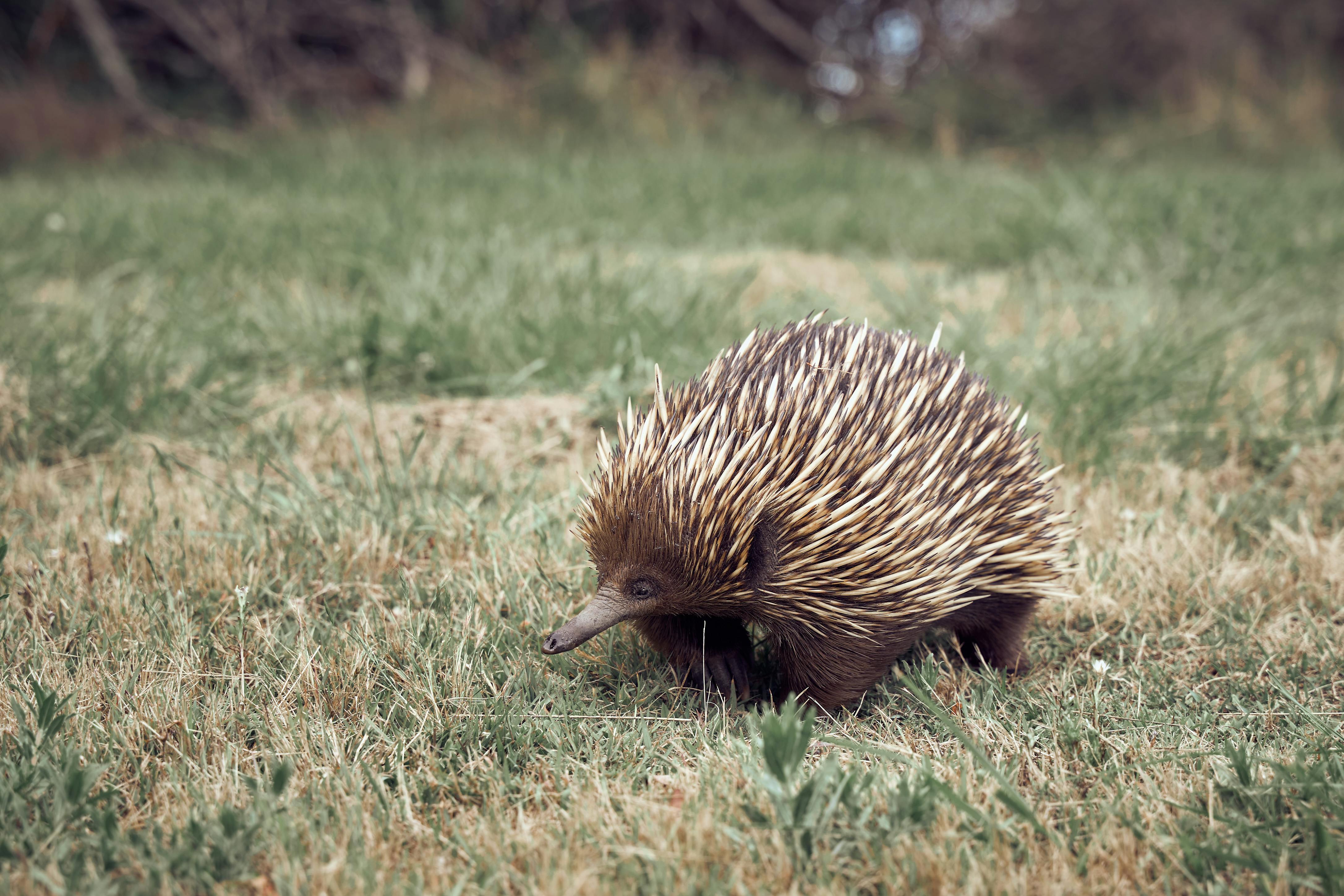Echidna Enigmas: Unraveling the Mysteries of Australia's Spiny Egg-Layers
In the realm of peculiar creatures, few can match the intrigue of the echidna. These spiny, egg-laying mammals native to Australia and New Guinea have long captivated scientists and animal enthusiasts alike. With their unique blend of reptilian and mammalian traits, echidnas offer a fascinating glimpse into evolutionary history and the diverse wonders of the animal kingdom.

The Evolutionary Tapestry of Echidnas
Echidnas, along with their close relatives, the platypuses, belong to a group of mammals known as monotremes. These egg-laying mammals represent a fascinating evolutionary branch that diverged from other mammals over 200 million years ago. Fossil records suggest that echidnas have changed little over the past 50 million years, earning them the title of living fossils.
The evolutionary history of echidnas is a testament to their resilience and adaptability. While other ancient lineages have gone extinct, echidnas have survived major climatic shifts and geological changes. Their unique combination of reptilian and mammalian characteristics provides a window into the transition from reptiles to mammals during the Mesozoic era.
Spines, Beaks, and Electrosensory Snouts
One of the most striking features of echidnas is their coat of sharp spines, which serves as a formidable defense mechanism against predators. These spines, made of keratin like human hair, cover most of the echidna’s body, leaving only their undersides and faces exposed. When threatened, echidnas can curl into a spiny ball, presenting a prickly challenge to would-be attackers.
Equally remarkable is the echidna’s elongated, beak-like snout. This specialized appendage houses an electrosensory system that allows echidnas to detect the electrical signals produced by their prey. This sophisticated sensory apparatus, combined with their long, sticky tongues, makes echidnas highly efficient insectivores, capable of consuming thousands of ants and termites in a single day.
The Enigma of Echidna Reproduction
Perhaps the most intriguing aspect of echidna biology is their unique reproductive system. As monotremes, echidnas lay eggs, a trait that sets them apart from all other mammals. The female echidna typically lays a single egg, which she deposits directly into her pouch. After about 10 days, a tiny, jellybean-sized puggle (baby echidna) hatches.
The puggle remains in the mother’s pouch for several months, feeding on milk secreted from specialized mammary glands. Unlike other mammals, echidnas lack nipples; instead, the puggle laps up milk that pools on the mother’s skin. This blend of reptilian egg-laying and mammalian lactation showcases the echidna’s evolutionary uniqueness.
Echidna Intelligence: More Than Meets the Eye
Recent studies have revealed that echidnas possess cognitive abilities far beyond what was previously believed. Research conducted at the University of Adelaide has shown that echidnas exhibit signs of REM sleep, a characteristic associated with dreaming in humans and other mammals. This discovery challenges long-held assumptions about the cognitive capabilities of monotremes and raises intriguing questions about the evolution of sleep patterns in mammals.
Furthermore, echidnas have demonstrated problem-solving skills and spatial memory that rival those of many other mammals. Their ability to navigate complex environments and remember food sources suggests a level of intelligence that belies their primitive appearance.
Conservation Challenges in a Changing World
Despite their evolutionary resilience, echidnas face numerous threats in the modern world. Habitat loss, road accidents, and predation by introduced species such as foxes and feral cats pose significant challenges to echidna populations. Climate change also threatens to disrupt the delicate balance of ecosystems upon which echidnas depend.
Conservation efforts are underway to protect these unique creatures. The Tasmanian Echidna Project, for instance, aims to gather crucial data on echidna populations and behaviors to inform conservation strategies. Captive breeding programs and habitat restoration initiatives also play vital roles in ensuring the long-term survival of echidna species.
As we continue to unravel the mysteries of these spiny egg-layers, it becomes increasingly clear that echidnas are not merely evolutionary relics but dynamic, adaptable creatures with much to teach us about the diversity of life on Earth. Their continued presence in our world serves as a living link to our planet’s distant past and a reminder of the extraordinary paths that evolution can take.





